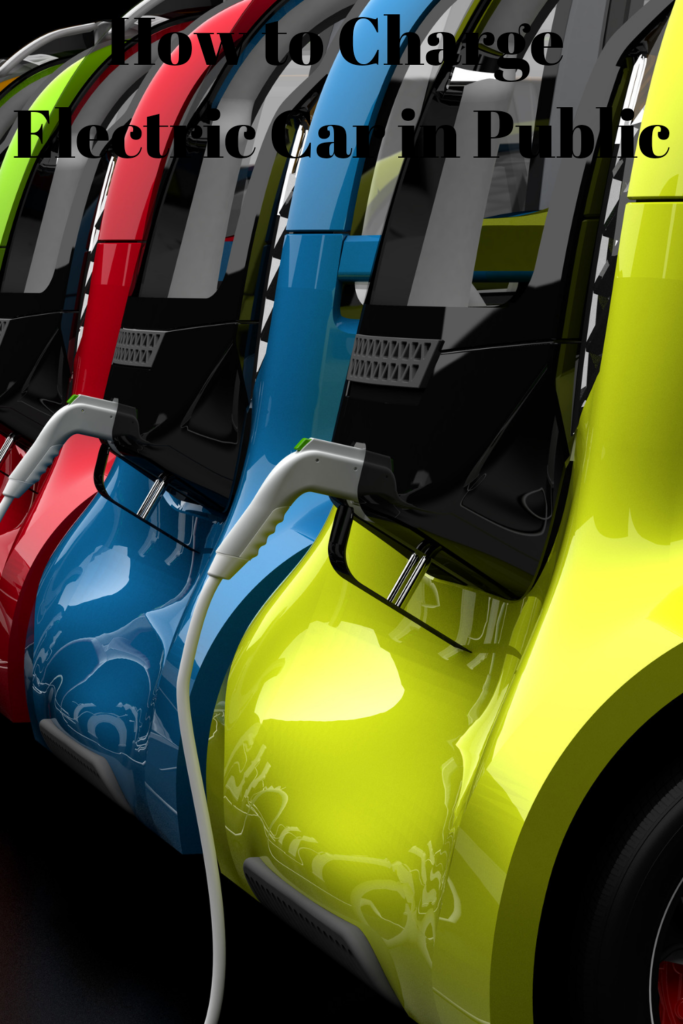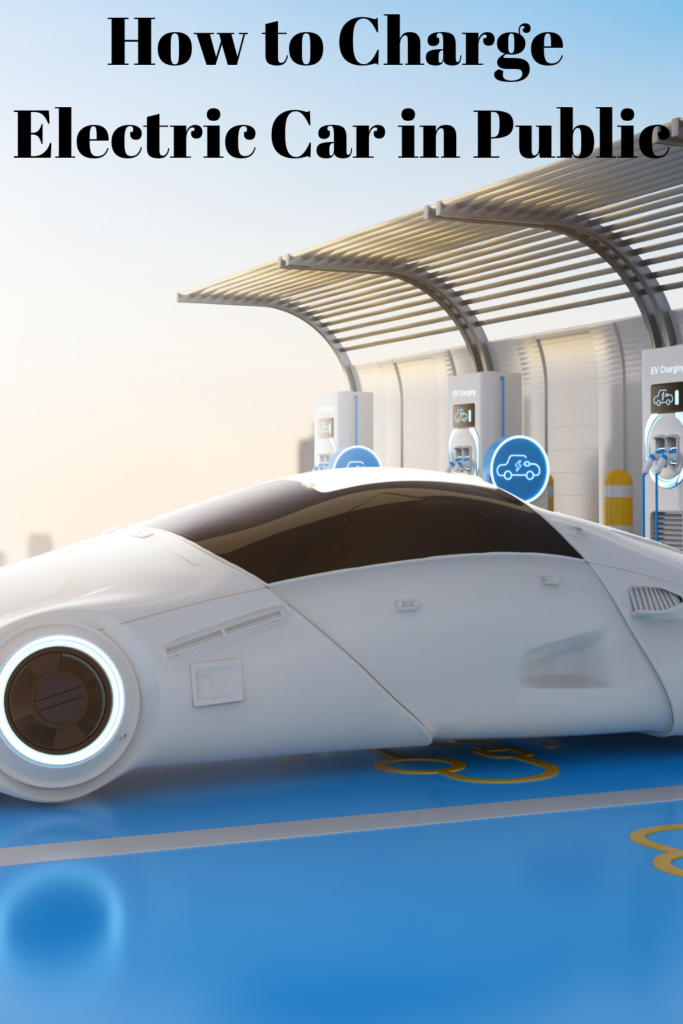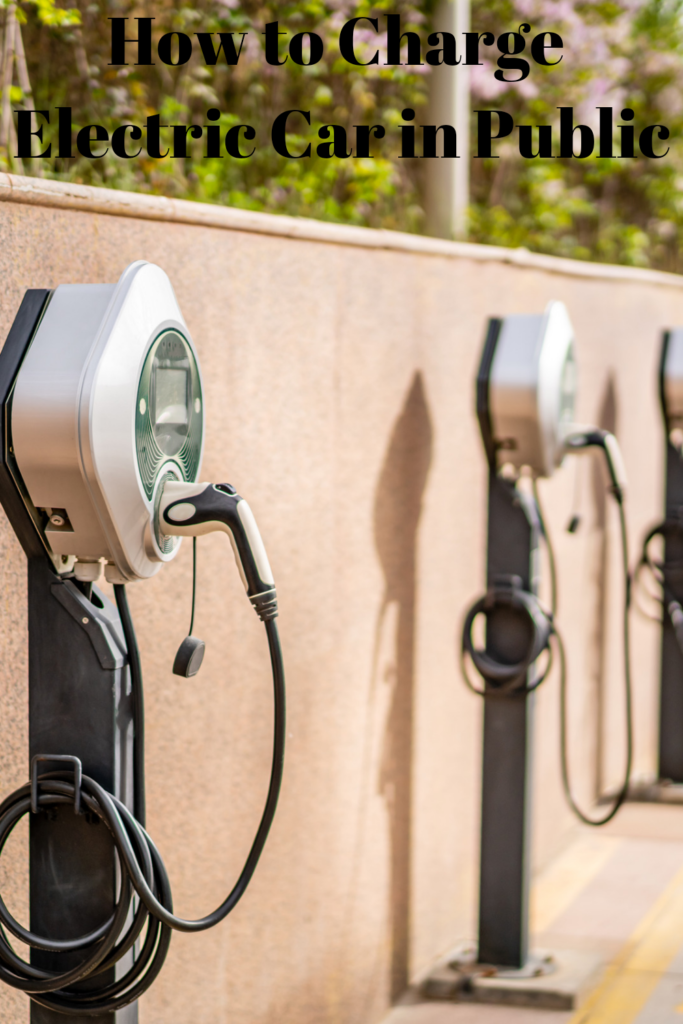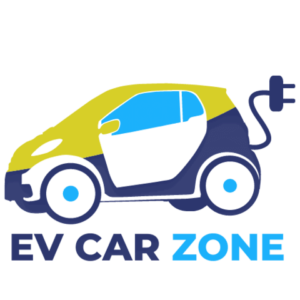How to Charge Electric Car in Public Overview
A Comprehensive Guide to Efficiently Charging Your Electric Car in Public Locations
Congratulations on joining the electric vehicle (EV) revolution!
As more public charging stations pop up around the world, it’s crucial to know how to navigate this infrastructure efficiently.

This step-by-step guide will empower you to confidently charge your electric car in public locations, ensuring you make the most of your charging time and minimize any challenges that may arise.
Section 1: Locating Public Charging Stations
1.1 Researching Charging Stations:
Start by finding the nearest public charging stations in your area. Resources like PlugShare, EVgo, or your vehicle’s brand-specific app can help you locate charging stations with ease.
1.2 Verifying Compatibility:
Before heading to a charging station, check if it supports your EV’s charging standard by referring to your vehicle’s manual or checking the charging connector type specified on the charging station’s details. Common connectors include CCS, CHAdeMO, Tesla Supercharger, and Type 2.
Section 2: Understanding Different Types of Charging Connectors
2.1 CCS (Combined Charging System):
CCS is widely used across Europe and North America and provides AC and DC charging capabilities. Ensure your EV is compatible with the CCS standard if you plan to use these charging stations frequently.
2.2 CHAdeMO:
Popular in Japanese vehicles, CHAdeMO connectors also provide both AC and DC charging. Verify the compatibility of your EV with CHAdeMO before attempting to charge using this type of connector.
2.3 Tesla Supercharger:
Tesla owners benefit from their unique Supercharger network, featuring proprietary connectors. Always carry an adapter if your vehicle isn’t a Tesla, enabling you to access Tesla Superchargers.

2.4 Type 2:
Typically used in Europe, Type 2 connectors facilitate both AC and DC charging. Verify compatibility with your EV to ensure you can use Type 2 charging stations.
Section 3: Connecting Your Electric Car to a Charging Station Safely and Efficiently
3.1 Park Close to the Charging Station:
Park your EV as close as possible to the charging station to minimize cable lengths and reduce charging resistance, allowing for faster and more efficient charging.
3.2 Check for Parking Restrictions:
Make sure you are legally parked before connecting your EV to a public charging station. Observe any time limits or signage that may restrict parking for charging purposes only.
3.3 Follow Proper Etiquette:
Respect other EV owners’ time by not hogging a charging station after reaching an adequate charge. Move your vehicle promptly when it’s ready, allowing others to utilize the station.
3.4 Unravel the Charging Cable:
Holding the connector with the palm of your hand, gently unravel the charging cable without yanking it forcefully, ensuring it doesn’t tangle or get stuck during the process.
3.5 Insert and Secure the Charging Connector:
Align the charging connector with the socket on your EV and firmly insert it. Listen for a click to verify proper attachment. Tug the cable gently to ensure it is securely connected and charging.
3.6 Initiate Charging:
Most charging stations have a touch screen, RFID card reader, or mobile app for initiating the charging process. Follow the station’s instructions to start charging your EV.
Section 4: Tips and Tricks for Maximizing Charging Speed and Minimizing Wait Times
4.1 Choose High-Powered Charging Stations:
Whenever possible, opt for charging stations with higher power output for a faster charge. High-powered stations, such as Tesla Superchargers, can significantly reduce charging times.

4.2 Plan Your Charging Stops:
Consider mapping out your journey and identifying charging stations along the way. Strategically planning your charging stops will minimize unnecessary detours and waiting times.
4.3 Avoid Peak Charging Hours:
Charging stations may experience heavy usage during peak hours. Arrange your charging sessions during off-peak times to reduce the chances of waiting or encountering busy stations.
4.4 Use Charging Station Apps:
Utilize smartphone apps like Plugsurfing or PlugShare to check the availability of charging stations in real-time. This will help you avoid clusters of occupied stations.
Conclusion:
Confidently embark on your electric driving journey armed with the knowledge to effectively charge your EV at public charging stations. Remember to plan ahead, understand the connectors, and practice proper charging etiquette.
By empowering yourself with this information, you can maximize your charging speed, minimize waiting times, and contribute to the global transition towards sustainable transportation. Safe travels!
